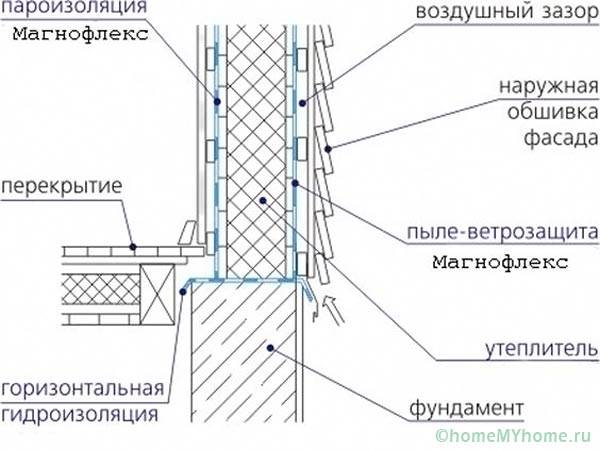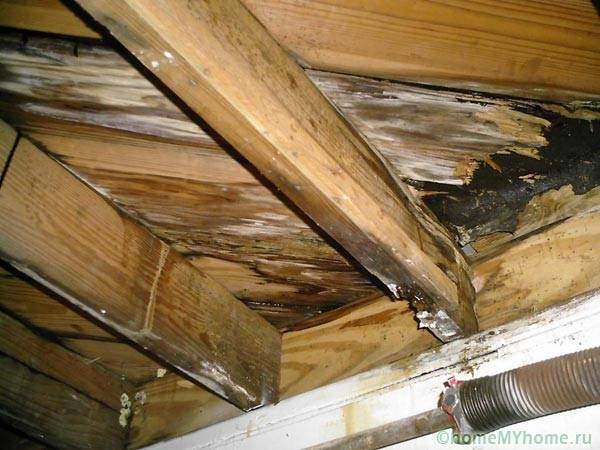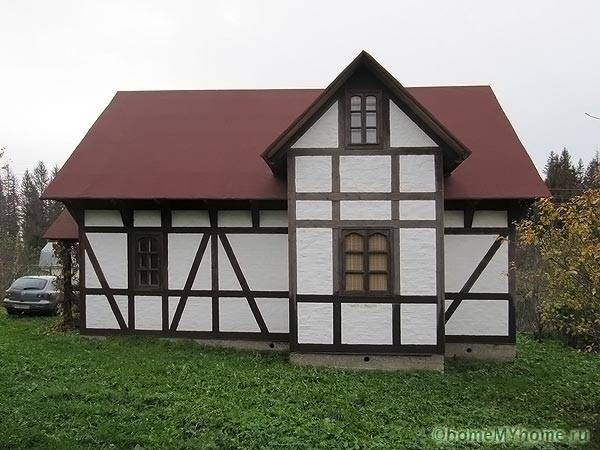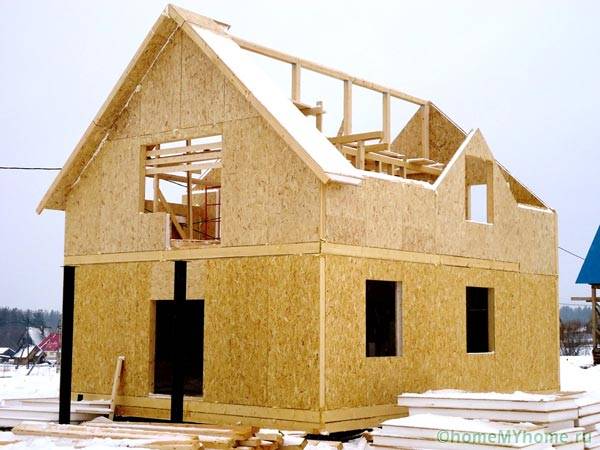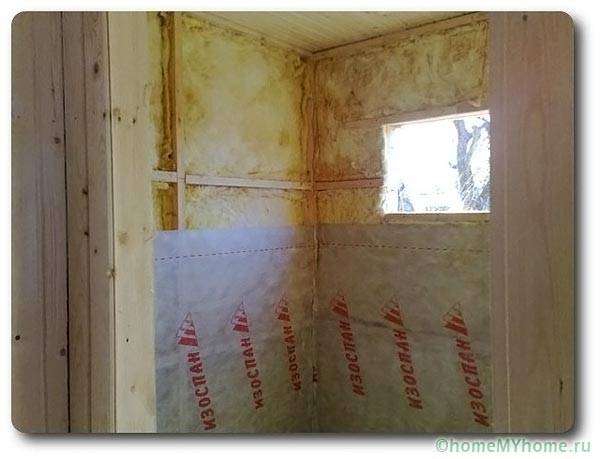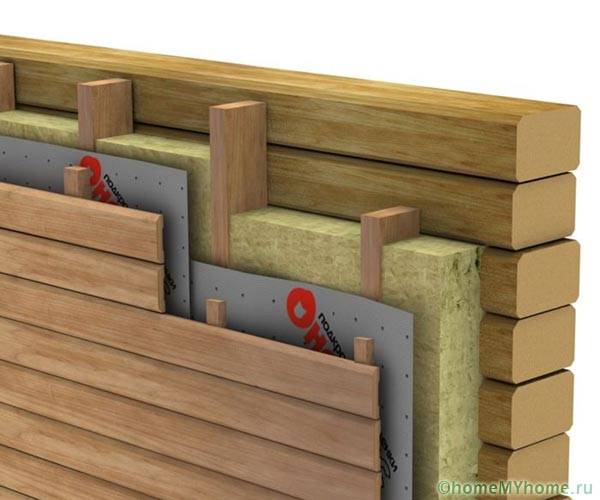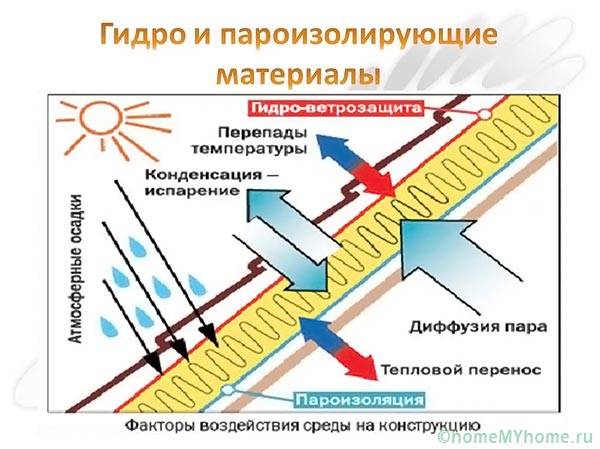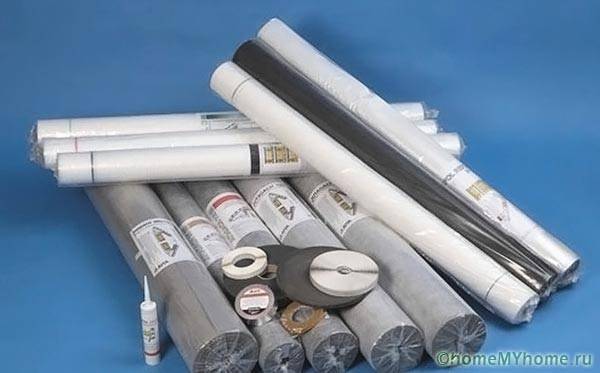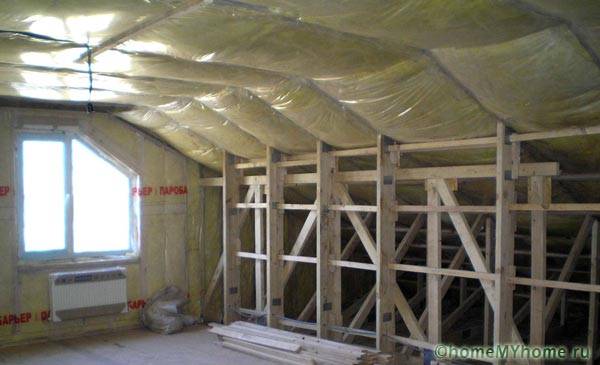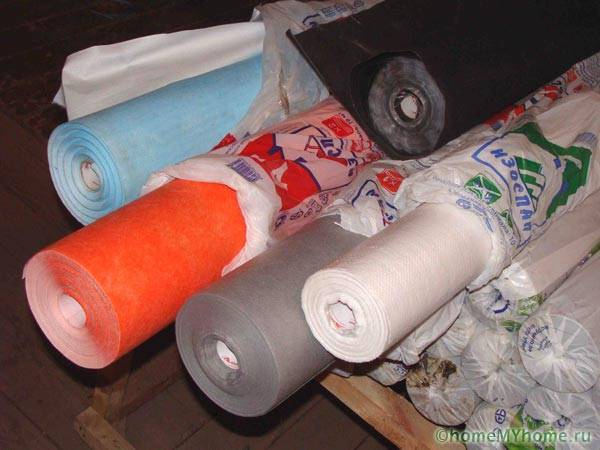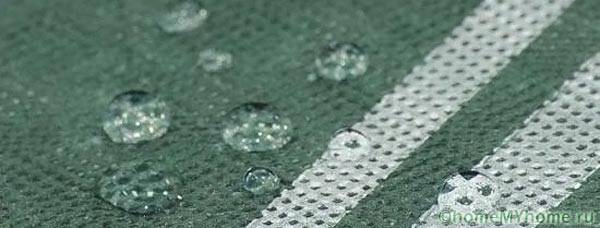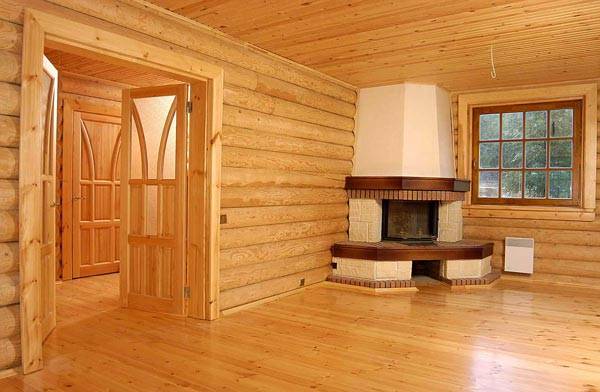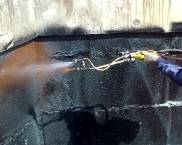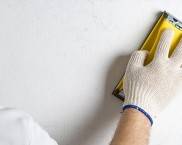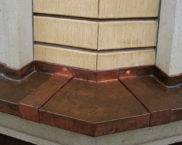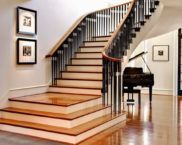Vapor barrier for the walls of a wooden house: types and installation technology
In SP 31-105 (design, construction of energy-efficient frame dwellings), SP 64.13330 (wooden structures), the internal vapor barrier for the walls of a wooden house is specified without fail. This protective layer prevents the penetration of humid air into wooden structures, wadded insulation... External vapor barrier becomes necessary for external insulation, or for the operation of cottages in hot regions.
The content of the article [Hide]
Video: what is hydro and vapor barrier used for

Purpose, types, characteristics
There are several types of insulation materials that individual developers usually confuse:
Vapor barrier for the walls of a wooden house is vital, since it reduces the operating budget of the cottage, increases the building resource. With a change in moisture content, lumber loses its geometry stability, is exposed to rotting, destruction.
The following structures are usually called wooden houses:
Therefore, for each construction technology, various vapor barrier materials are used - films, membranes, polymer varnishes. For example, of all the above structures, only log cabins made of cylindrical construction do not have external finishing. Therefore, the crowns on the outside are often coated with polymer varnishes.
On frame, panel board, panel houses, the vapor barrier can be installed both outside and inside:
When installing a vapor barrier layer, consider:
Related article:
The main installation errors are the incorrect placement of the vapor barrier inside the cake of the walls, the inverted sides of the membrane, or the lack of continuity of the contours. Films on the walls should be joined with materials on ceilings and floors.

Films
The industry produces smooth polymer films without perforation, with maximum vapor barrier. For baths, saunaswith specific operating conditions (rapid heating to extreme temperatures), aluminum foil is glued to one or both sides. It reflects heat back, thus saving energy.
The most popular are polyethylene, PVC films, which are mounted either under the wall cladding or over the outer insulation. If, in violation of the standards of the joint venture, there is no internal vapor barrier of the dwelling, the film is installed outside under the basalt wool.
Membranes
Diffusion membranes, in contrast to classic films, have a different design. The molecules inside them are arranged in a labyrinthine order, which makes it possible to condense moisture from the air on their surface, not to let it pass to the sawn timber from which the frame is assembled.
At the same time, it is necessary to install a vapor barrier for the walls of a wooden house using the following technology:
With an increase in moisture from the outside, vapors penetrate into the walls, but they can freely pass through the pores of the film, condensing on its inner surface. Thus, if you change sides during installation, the effect of the vapor barrier layer will be exactly the opposite:
Manufacturers mark each side of the membrane, provide products with detailed instructions that must be followed during installation.
Roll materials
Individual developers should not confuse roll materials with film materials. The last category is listed above, the following products belong to the roll-on vapor barrier:
Polymer varnishes
Most often, varnishes with the VD-AAK-001D index are used to protect the decorative layer of log cabins. The material is ready to use, applied in several layers, retains the texture of wood, forms a protective film. Semi-matt, glossy, colorless varnishes are usually used, drying in 4-7 hours. The average consumption is 1 liter per 8 - 14 squares of surface.
If it is planned to decorate the interior walls with decorative materials in a log house, cheaper polymer films are used instead of varnish.
Selection criteria, installation technology
When designing a vapor barrier, the construction budget remains the main selection criterion. Therefore, in 90% of cases, polymer films with a thickness of 0.15 mm or more are used. Since they are covered with a decorative layer, the resistance to solar ultraviolet radiation can be ignored. However, there are nuances of choice:
Membranes are used less frequently because they are heavier and more difficult to fix on vertical surfaces. Only walls of log cabins with a sufficiently attractive design are treated with varnishes, since this material is at least three times more expensive than others.
Films are shot with staples using a stapler, varnishes are applied with a brush, roller or sprayed with a special tool.
Pros and cons of vapor barrier materials
When choosing a vapor barrier, it is necessary to take into account the structural and operational characteristics of existing materials:
For the above reasons, polymer varnishes are used for a limited number of construction and finishing technologies.
conclusions
Thus, the home craftsman is able to independently choose a vapor barrier material, mount it to protect the wooden walls of the home. The most commonly used polymer films and membranes.
Video: insulation and vapor barrier of a frame house






